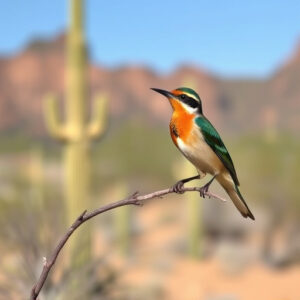Garden Canyon in southern Arizona is a prime birding destination known for its diverse riparian zones that attract various avian species, including the rare Northern Beardless-Tyrannulet. Its unique ecosystem, at the desert-mountain intersection, offers birders an exceptional experience exploring trails and discovering numerous bird species. The canyon's riparian habitats are crucial for migratory birds and permanent residents, emphasizing conservation efforts to preserve this avian hotspot for birding enthusiasts in the region.
“Unveiling the secrets of Garden Canyon, a haven for bird enthusiasts and nature lovers alike, this article explores the rich avian diversity that calls this scenic location home. Delving into the unique ecosystem of riparian zones, we spotlight the Northern Beardless-Tyrannulet, a small yet vital species. With southern Arizona renowned for its birding hotspots, we examine the role of habitat conservation in protecting these delicate environments and provide tips for observing rare birds, encouraging visitors to explore and appreciate the natural wonders of this vibrant region.”
- Exploring Garden Canyon's Rich Avian Diversity
- Northern Beardless-Tyrannulet: A Small but Vital Species
- Riparian Zones: Ecosystems for Birds and Beyond
- Birding Hotspots in Southern Arizona
- The Role of Habitat Conservation
- Observing Rare Birds: Tips for Successful Sightings
Exploring Garden Canyon's Rich Avian Diversity
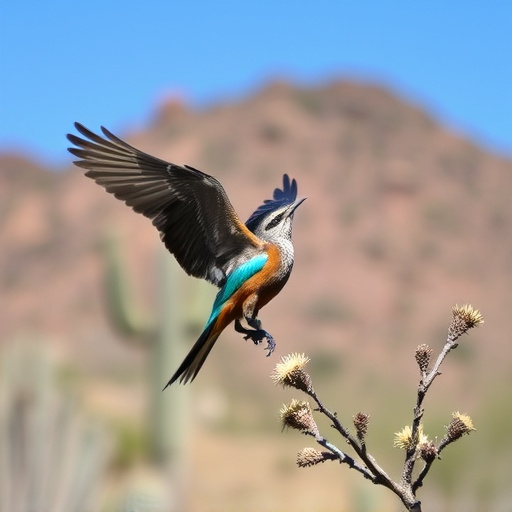
Garden Canyon, nestled in the heart of southern Arizona, is a vibrant tapestry of riparian zones that host a diverse array of avian species, making it a birder’s paradise. The canyon’s unique ecosystem, characterized by its lush vegetation and year-round water sources, provides an ideal habitat for many bird varieties, including the rare Northern Beardless-Tyrannulet. For those passionate about birding in southern Arizona, Garden Canyon offers an unforgettable experience as they explore its winding trails and discover birds both common and uncommon.
The canyon’s rich avian diversity is a result of its strategic location at the intersection of various ecological zones. With access to both desert and mountain environments, Garden Canyon serves as a haven for migratory birds and permanent residents alike. Birders can expect to encounter a wide range of bird species, from colorful songbirds to majestic raptors, all contributing to the canyon’s enchanting atmosphere.
Northern Beardless-Tyrannulet: A Small but Vital Species
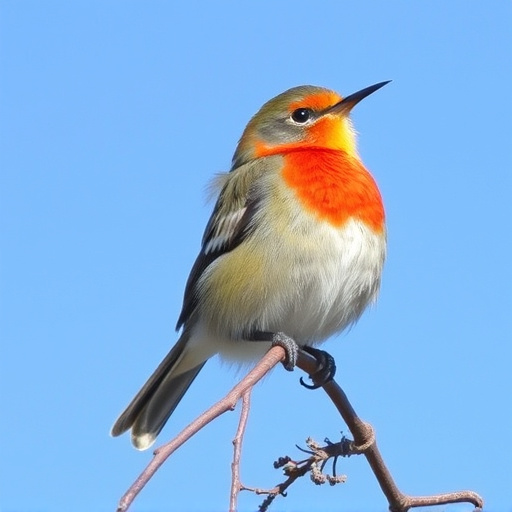
The Northern Beardless-Tyrannulet is a small, yet vital species that thrives in the riparian zones of Garden Canyon. This bird, known for its compact size and distinctive song, plays a crucial role in the local ecosystem. As a passionate birder exploring the rich avifauna of southern Arizona, you’re likely to be captivated by this tiny tyrant. Its preference for dense, moist vegetation along streams makes birding in this canyon area particularly rewarding during the spring and summer months when its melodious tune echoes through the landscape.
With its sleek, brown plumage and vibrant yellow breast, the Northern Beardless-Tyrannulet stands out among the canyon’s other inhabitants. Its dietary habits, primarily consisting of insects and small invertebrates, contribute to maintaining the balance in the local insect population. This species’ reliance on healthy riparian habitats makes it an excellent barometer for environmental health, making birding in southern Arizona’s such regions even more meaningful and significant.
Riparian Zones: Ecosystems for Birds and Beyond
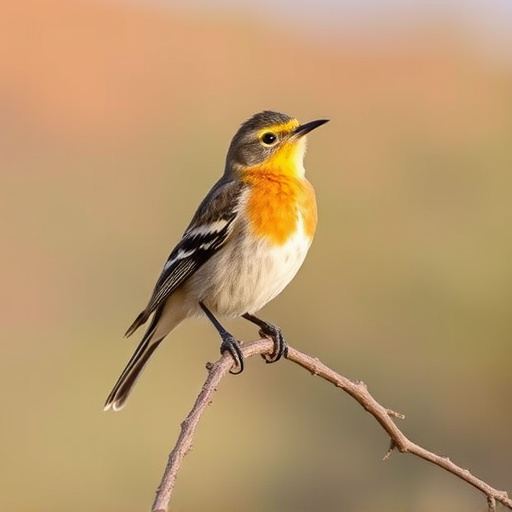
Riparian zones, often referred to as riverbanks or floodplains, are vital ecosystems that extend far beyond supporting just a rich variety of plant life. These areas act as lifelines for countless bird species, including the elusive Northern Beardless-Tyrannulet, making birding in southern Arizona a truly rewarding experience. They provide essential habitats for birds year-round, offering food, shelter, and nesting sites. The dense vegetation along rivers creates a complex network of territories, facilitating diverse bird interactions and contributing to robust populations.
Furthermore, riparian zones play a crucial role in maintaining water quality and regulating river flows. Their extensive root systems filter pollutants, while their natural buffers help prevent soil erosion, ensuring the health and stability of these precious water bodies. As such, these ecosystems are not only vital for birds but also for the overall ecological balance of southern Arizona’s landscape, making them a focal point for conservation efforts and birding enthusiasts alike.
Birding Hotspots in Southern Arizona

Southern Arizona is a true paradise for bird enthusiasts, boasting some of the most diverse and spectacular birding hotspots in the region. Among these, Garden Canyon riparian zones stand out as critical habitats for various avian species, including the elusive Northern Beardless-Tyrannulet. These lush, water-rich areas provide an ideal environment for countless birds, offering a mix of dense foliage, flowing streams, and open spaces that cater to a wide array of bird life.
The region’s unique topography and climate create microclimates that support a rich variety of birds, from colorful passerines to majestic raptors. Birders can explore these riparian zones, known for their tranquility and beauty, while keeping an eye out for the Northern Beardless-Tyrannulet, characterized by its distinctive song and sleek appearance. With numerous birding trails and observation points, Southern Arizona offers unforgettable experiences for those seeking to immerse themselves in nature and discover the region’s remarkable avian diversity.
The Role of Habitat Conservation

The conservation of riparian zones, like those found in Garden Canyon, is instrumental in maintaining the delicate balance that supports diverse wildlife, including the Northern Beardless-Tyrannulet. These habitats provide crucial nesting sites, food sources, and cover, making them essential for bird species like this small tyrant. In the context of birding in southern Arizona, preserving these riparian zones ensures a continued haven for various avian species to thrive.
Habitats that support riparian vegetation also mitigate erosion, filter pollutants from water, and regulate stream temperatures, contributing to overall ecosystem health. By conserving these areas, we not only safeguard the Northern Beardless-Tyrannulet’s immediate surroundings but also enhance the resilience of the region’s biodiversity as a whole.
Observing Rare Birds: Tips for Successful Sightings
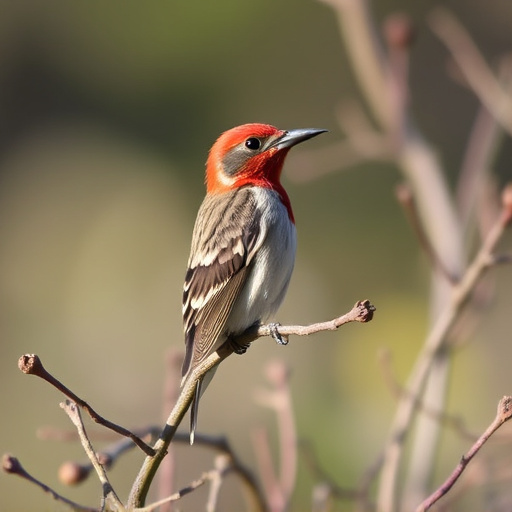
Observing rare birds like the Northern Beardless-Tyrannulet requires a strategic approach, especially in the unique ecosystem of Garden Canyon riparian zones. Birding in southern Arizona offers a chance to witness these species in their natural habitat. To increase your chances of successful sightings, consider planning your visit during the right season and choosing optimal times for birdwatching, typically early mornings or late afternoons when birds are most active.
Before heading out, research the area’s bird patterns and identify potential perches or feeding grounds near riparian vegetation. Patience is key; allow sufficient time to observe quietly without disturbing the birds. Carrying field guides and binoculars will enhance your experience, enabling you to accurately identify species and appreciate their behavior.
Garden Canyon’s riparian zones serve as a vital habitat for the Northern Beardless-Tyrannulet, making it a prime destination for birding enthusiasts in southern Arizona. Understanding the significance of these ecosystems and implementing effective habitat conservation efforts are crucial to preserving this rich avian diversity. Whether you’re an experienced birdwatcher or just starting, exploring these hotspots can offer unforgettable experiences and insights into the natural world right here in our backyard.
